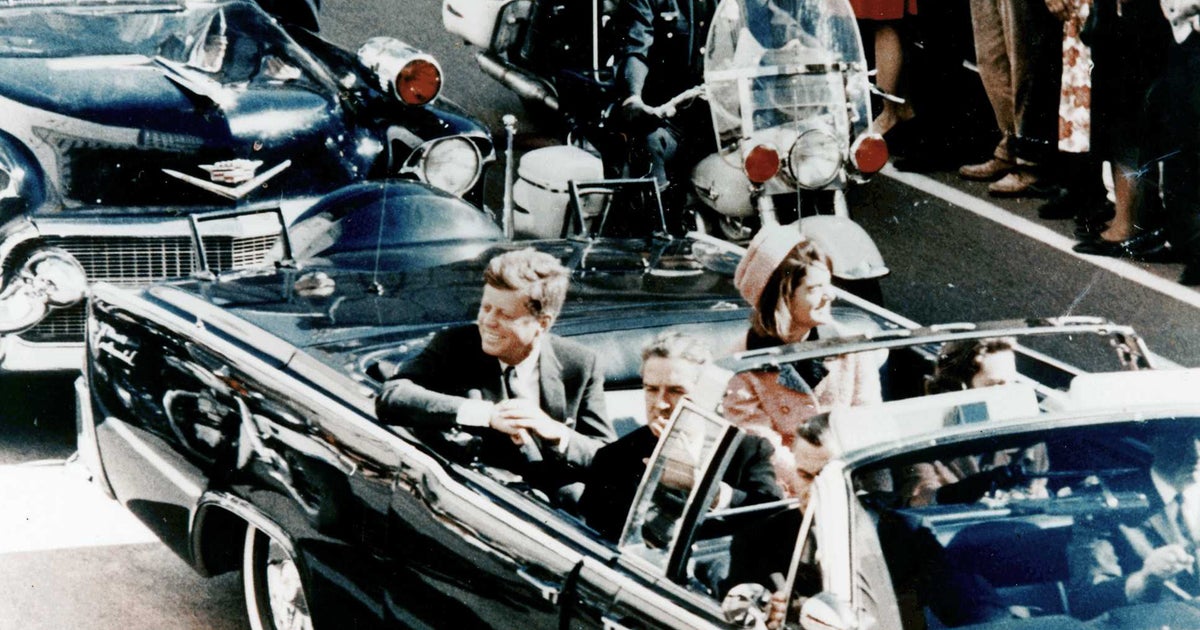Instead of yet another film or game night, hosting a wine tasting is a great alternative. If you aren’t a trained sommelier, one easy way to do it is to ask each guest to bring a bottle and introduce their wine.
“Every home wine tasting should have a theme,” says Ernst Büscher, spokesman for the German Wine Institute (DWI), who has a few tips on how to make the event special.
One approach is to select a grape variety for the chosen theme, and perhaps even limit it to one growing region.
Tastings of different vintages are also popular. Focus on a grape variety from one vintner who sells wines from different vineyards. That allows the wines to reveal their ageing potential as well as the climatic influences in the individual vintages. Always start with the youngest wine when tasting different vintages.
Once you have decided on a theme, buy the wine or ask your guests to bring a bottle. To make things more interesting, taste the wine first before revealing all your knowledge.
Blind tastings are also popular. Wrap the bottles in aluminium foil, number them, hand everyone a glass and let the deliberations begin.
A good guideline is a selection of six to eight wines. If the sample is larger, inexperienced tasters may not be able to distinguish them.
When selecting white wines, start with dry wines and then move onto sweeter ones.
If you have selected only dry wines, work your way from light to heavy. The alcohol by volume (ABV) metric on the label reveals the wine’s alcohol content. If a wine has an ABV of 11.5 per cent, taste it before sipping the bottle with an ABV of 13 per cent.
If you have selected a mix of wines, start with whites. If you are tasting only red wines, try the fruity wines before high-tannin or complex wines.

The wines should be at the same temperature and tasted from identical glasses to savour subtle differences. Light and young white wines are ideally chilled between nine degrees and 11 degrees Celsius (48 degrees and 51 degrees Fahrenheit), while red wines should have a temperature of between 16 degrees and 18 degrees.
Red wine warms up quite quickly at the table, so pour it when it is a little cooler.
To get rid of any lingering aromas, rinse the glasses briefly with water before tasting. Eat a piece of bread and drink plenty of water to cleanse your palate between tastings.
Before tasting the wine, swirl the glass to increase the wine’s surface area, to allow more flavour particles to be released and intensify the smell and taste.
Sniff the wine several times before tasting. Many elements of the flavour will be lost if you do not smell it intensely beforehand.
When it comes to wine, the tongue distinguishes only between sweet, salty, sour and bitter flavours. The nose, meanwhile, picks up many more subtle notes.







